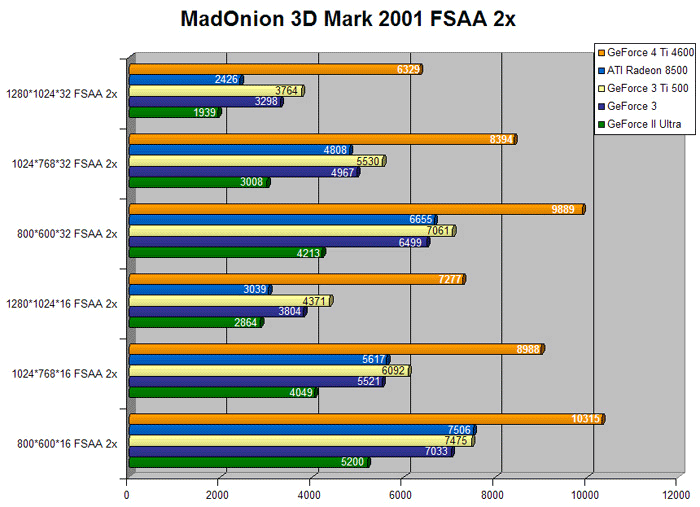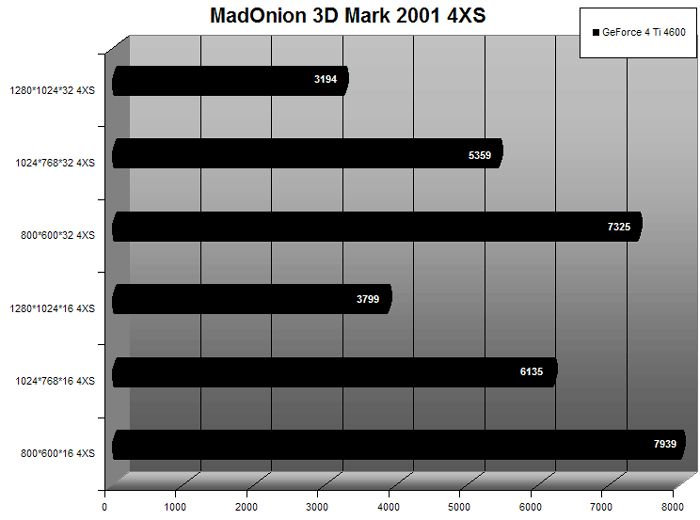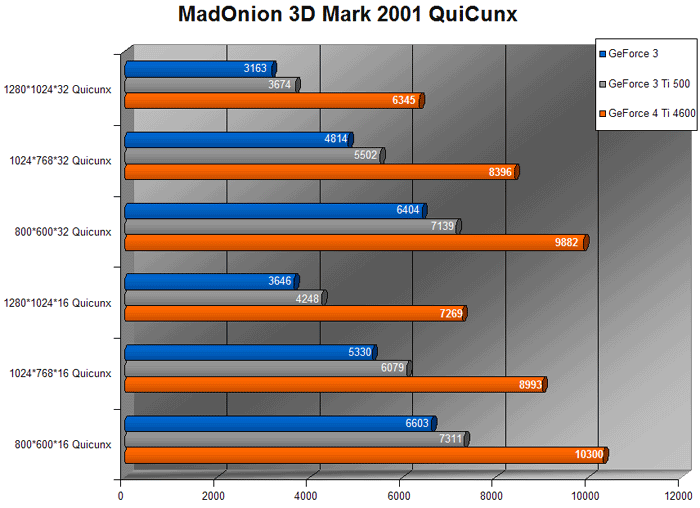
 |

|
| ActiveWin: Reviews | Active Network | New Reviews | Old Reviews | Interviews |Mailing List | Forums |
|
|
|
|
|
DirectX |
|
ActiveMac |
|
Downloads |
|
Forums |
|
Interviews |
|
News |
|
MS Games & Hardware |
|
Reviews |
|
Support Center |
|
Windows 2000 |
|
Windows Me |
|
Windows Server 2003 |
|
Windows Vista |
|
Windows XP |
|
|
|
|
|
|
|
News Centers |
|
Windows/Microsoft |
|
DVD |
|
Apple/Mac |
|
Xbox |
|
News Search |
|
|
|
|
|
|
|
ActiveXBox |
|
Xbox News |
|
Box Shots |
|
Inside The Xbox |
|
Released Titles |
|
Announced Titles |
|
Screenshots/Videos |
|
History Of The Xbox |
|
Links |
|
Forum |
|
FAQ |
|
|
|
|
|
|
|
Windows XP |
|
Introduction |
|
System Requirements |
|
Home Features |
|
Pro Features |
|
Upgrade Checklists |
|
History |
|
FAQ |
|
Links |
|
TopTechTips |
|
|
|
|
|
|
|
FAQ's |
|
Windows Vista |
|
Windows 98/98 SE |
|
Windows 2000 |
|
Windows Me |
|
Windows Server 2002 |
|
Windows "Whistler" XP |
|
Windows CE |
|
Internet Explorer 6 |
|
Internet Explorer 5 |
|
Xbox |
|
Xbox 360 |
|
DirectX |
|
DVD's |
|
|
|
|
|
|
|
TopTechTips |
|
Registry Tips |
|
Windows 95/98 |
|
Windows 2000 |
|
Internet Explorer 5 |
|
Program Tips |
|
Easter Eggs |
|
Hardware |
|
DVD |
|
|
|
|
|
|
|
ActiveDVD |
|
DVD News |
|
DVD Forum |
|
Glossary |
|
Tips |
|
Articles |
|
Reviews |
|
News Archive |
|
Links |
|
Drivers |
|
|
|
|
|
|
|
Latest Reviews |
|
Xbox/Games |
|
Fallout 3 |
|
|
|
Applications |
|
Windows Server 2008 R2 |
|
Windows 7 |
|
|
|
Hardware |
|
iPod Touch 32GB |
|
|
|
|
|
|
|
Latest Interviews |
|
Steve Ballmer |
|
Jim Allchin |
|
|
|
|
|
|
|
Site News/Info |
|
About This Site |
|
Affiliates |
|
Contact Us |
|
Default Home Page |
|
Link To Us |
|
Links |
|
News Archive |
|
Site Search |
|
Awards |
|
|
|
|
|
|
|
Credits |

|
Product: GeForce 4 Ti 4600 |
Direct 3D Benchmarks
| Table Of Contents |
| 1:
Introduction 2: GeForce4 Ti 4600 Technology Explanation 3: GeForce 4 Ti 4600 Technology Explanation 2 4: GeForce 4 Ti 4600 Technology Explanation 3 5: nView 6: Direct 3D Benchmarks 7: OpenGL Benchmarks 8: Conclusion |
We have chosen a Rambus platform to pass under the grill the GeForce 4 Ti
4600. We ran benchmarks to compare the GeForce 4 Ti 4600 with other graphics
adapters. To run our various tests we used the latest bios available from
Intel with
-
Complete PC setup
Motherboard: Intel D850MD with latest P06 bios and i850 chipset
CPU: Pentium 4 2.0A GHz
Memory: 256Mb of RDRAM (Rambus) running at 800MHz with ECC correction
Hard Disk: Maxtor 30GB UDMA 100 7200rpm
DVD: Goldstar
Display adapters: GeForce II Ultra 64MB, GeForce 3 64MB, GeForce 3 Ti 500 64MB, NVIDIA GeForce 4 Ti 4600 128MB with the latest 28.32 drivers and ATI Radeon 8500 64MB with the latest 7.66 drivers
Peripherals: Yamaha CRW2100E CD Burner (16x/10x/40x), Microsoft TrackBall Optical, Microsoft Office Keyboard.
Everything was running under Microsoft Windows 2000 Professional SP2 with DirectX 8.1 installed and the Intel Chipset & Intel Application Accelerator Drivers.
|
For the
testing we made sure that no programs were running and did a clean
Windows Boot by formatting the hard drive. By doing so we’re making sure
that performance would remain unaffected. We used NVIDIA latest 28.32
drivers to perform those benchmarks along with a Hercules 3D Prophet II
Ultra, Hercules 3D Prophet III, Hercules 3D Prophet III Titanium 500,
NVIDIA GeForce 4 Ti 4600 cards. The first test is obviously the unavoidable 3D Mark 2001. 3D Mark 2001 is designed for DirectX(R) 8. Using Remedy Entertainment's acclaimed MAX-FX Technology (TM), 3D Mark 2001 demonstrates how to maximize 3D gaming performance by using real-gaming technology to test a system's true game performance abilities. Below are three series of 3D Mark 2001 tests with various resolutions and various levels of FSAA enabled.
|
|||||
|
|
|||||
|
|||||
|
|||||
|
|||||
|
|





